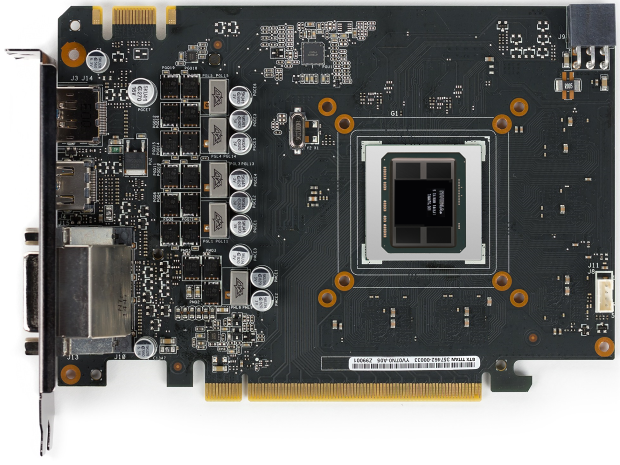Benetanegia
Regular
Meanwhile over at Anandtech, The Fury X would only be 66% faster...
Yeah, let's nitpick the benches that show what we want, and disregard everything else...
If we just take it as "cheaper and faster" than minspec VR as he says, he is very likely to be talking about the cut-down Polaris 10 as historically the full midrange GPU would cost more than the 970/390's current prices.
Now let's interpret their words in a way that favors our argumenting line...
280X launch price was $300.
285 launch price was %250.
380X launch price was $230.
I don't think I can remember any instance in which mid-range cards costed more than $350.
And market reality now is quite different, than when the 280X launched too. AMD needs to recover a lot of marketshare, for which more competitive prices are a given.
I guess really it comes down to if you believe small Polaris can beat the 960 by 10% or more. If not, for me AMD might as well pack it in and go home.
Then they might as well start packing it in an go home, they way it's looking... Or not, because I don't see how the future of AMD rests on a comparison of their lowest-end (100-120 mm2-ish?) chip vs Nvidia's midrange (240 mm2?) chip... Have low-end chips always bested, past midrange chips?? I have the impresion that's not been the case in 99% of cases, but admitedly that's not usually the chips I pay more attention to.


